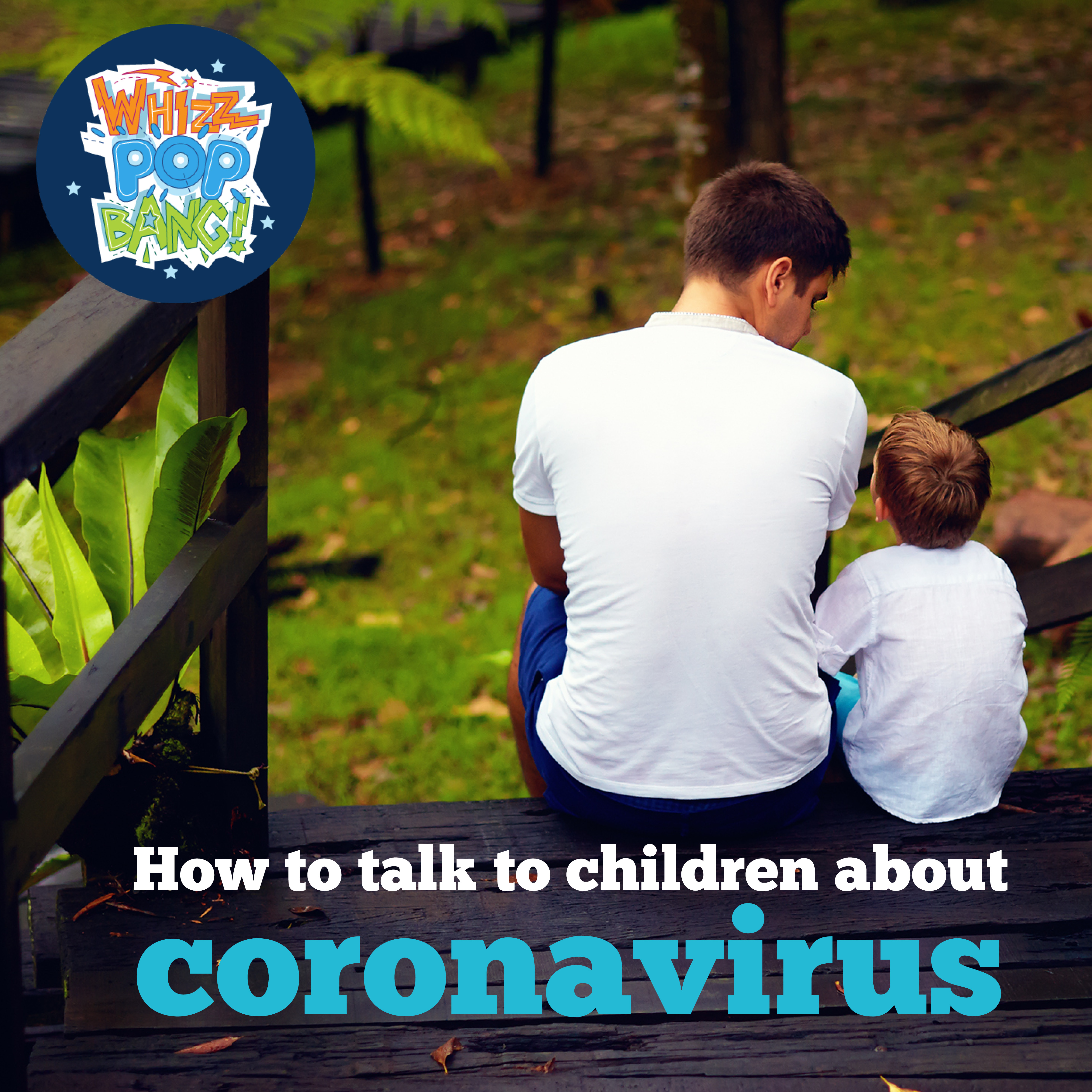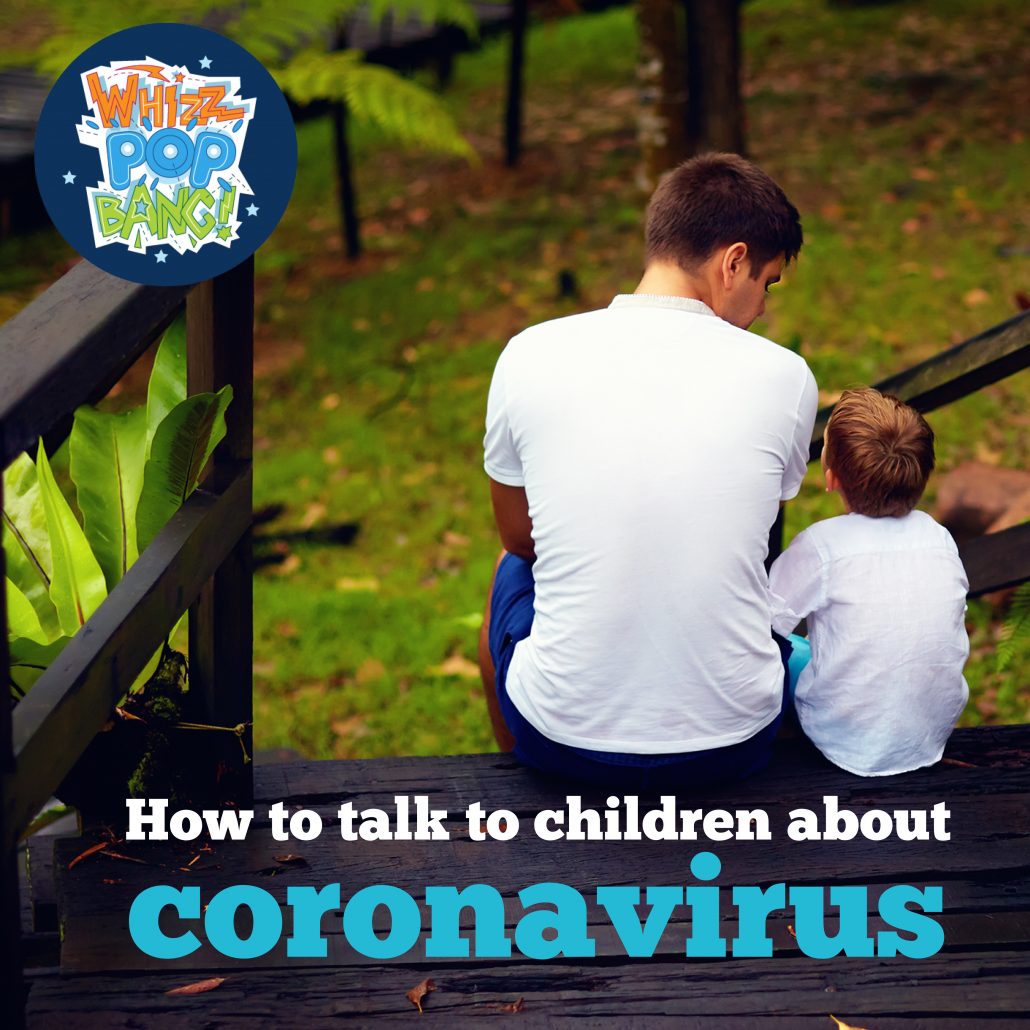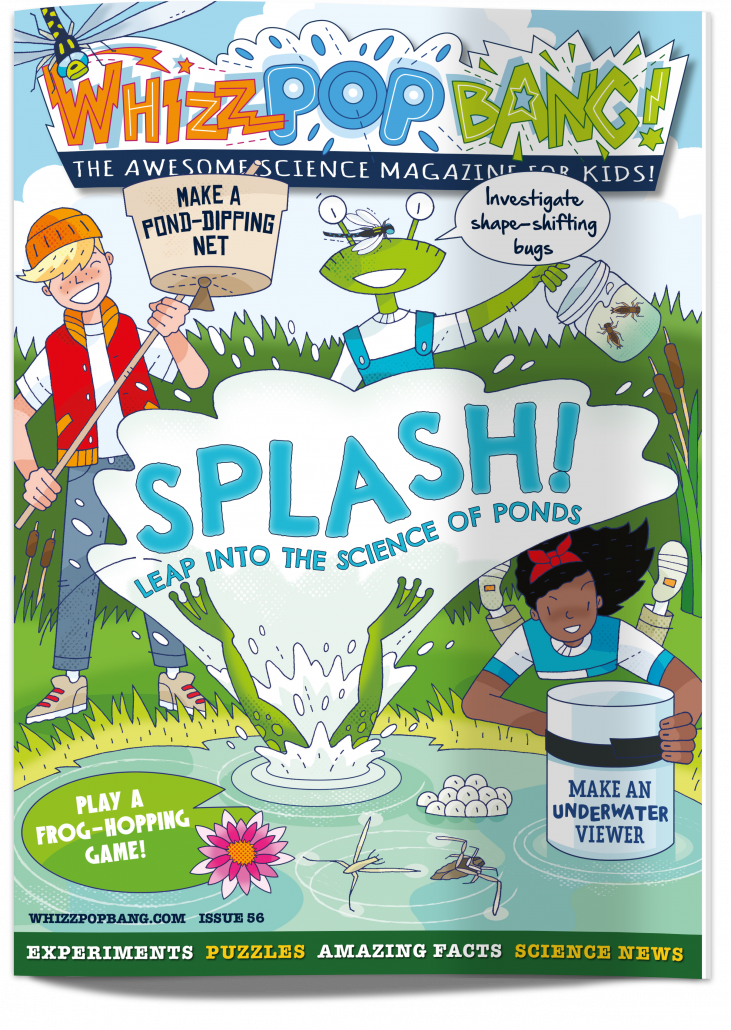As a team made up almost exclusively of parents of primary-aged children, we are very used to working flexibly and juggling home working with childcare, so we’re lucky that we’ve been able to easily ramp this up a notch or three now that our kids are at home full time. Of course, it hasn’t all been plain sailing, with our editor Tammy having a particularly tough baptism of fire when a ceiling collapsed during her first morning of home schooling! You can read more about that in our blog post on home schooling tips.
Our printers and mailing house are practising social distancing in the workplace and working in shifts to minimise contact between employees. Each month, Whizz Pop Bang magazines are packed into envelopes by machine, ready for delivery by Royal Mail, and this will continue as long as it’s safe to do so.
Orders of back issues, books and lab coats from our online shop are sent out by Royal Mail directly from our own warehouse, where we now have only a single person, Sophie or Hennie, working at any one time. With the warehouse shutter doors flung open to the Cotswold sunshine, and the radio blaring, it’s not quite as desolate as it sounds! The government is encouraging home delivery services to continue as normal where possible to keep the country running. Please be mindful that there may be delays in the postal service due to staff shortages, but the Royal Mail are committed to ensuring that households still receive mail.
Find out more about the impressive precautions that Royal Mail are taking to ensure that your post reaches you as safely as possible here.
As a small, independent business, we feel we’re doing an important job in helping families educate and entertain their children at home. If the situation changes and for any reason we’re not able to send out physical magazines, we’ll make sure that we provide all subscribers with access to a digital version of Whizz Pop Bang instead.
If you have any questions, please email or phone us on 0330 2233 790. Though we may not always be able to respond straightaway, we’ll do our best to get back to you as quickly as we can.
Tell us about your lockdown science fun!
We’d love to hear what our readers are up to at home – please share your photos, experiments, ideas and indeed all your adventures in science with us! Simply email Y@whizzpopbang.com and we’ll publish a selection in the magazine and online. Don’t forget, we’ve shared loads of FREE science activities and experiments for you all to enjoy right here!
Happy home experimenting!




